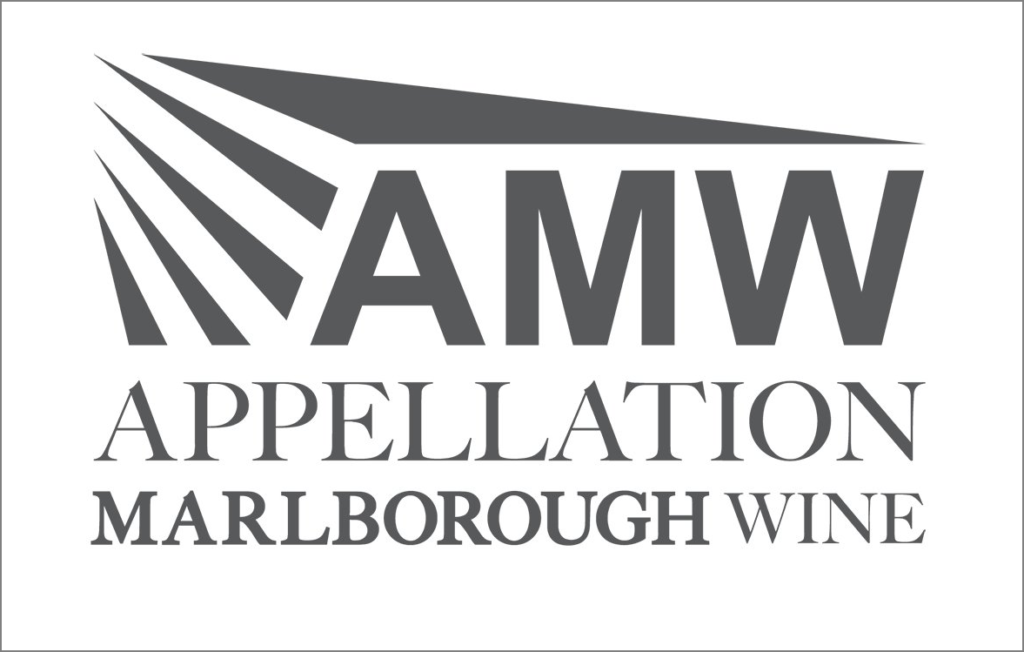Appellation Marlborough Wine (AMW) is a certification mark signifying a commitment among some winemakers in Marlborough, New Zealand, to uphold high-quality standards and preserve the unique characteristics of wines produced in this region. Initiated and trademark registered in 2018, AMW primarily aimed to safeguard the authenticity, origin and integrity of Marlborough’s popular Sauvignon Blanc.

The drive for AMW’s creation stemmed from concerns among local winemakers regarding the quality of Sauvignon Blanc bottled outside New Zealand, which potentially threatened the reputation of Marlborough wines. By being part of AMW, currently 53 AWM vintners aim to ensure consumers can reliably identify and access quality Marlborough wines.
AMW certification wines bearing the AMW icon must be made from grapes 100% sourced from Marlborough vineyards and be bottled in New Zealand. Since May 1st 2022, these wines are required to be tasted blind and approved for certification by an independent panel of qualified, experienced local producers. Furthermore, the vineyards for these wines must also be certified by Sustainable Winegrowing New Zealand, BioGro NZ, or equivalent entities, thereby ensuring a commitment to environmental sustainability alongside quality assurance.
Consumers who value authenticity, quality and sustainability are more likely to care about whether a wine is certified by Appellation Marlborough Wine. The certification provides a level of assurance and transparency that can influence purchasing decisions among discerning wine enthusiasts.
However, for the mass market, taste and price can easily overshadow quality endorsements. Despite AMW being around for five years the appellation isn’t well-known among New Zealand Sauvignon Blanc drinkers. Also, it’s important to note that wine shipped in bulk doesn’t inherently imply a reduction in quality. Additionally, bulk packaging tends to be a more sustainable shipping alternative, representing a greener choice for wine distribution. Appellation Marlborough Wine will perhaps need to gain higher visibility and reputation in order to achieve it’s aims.













